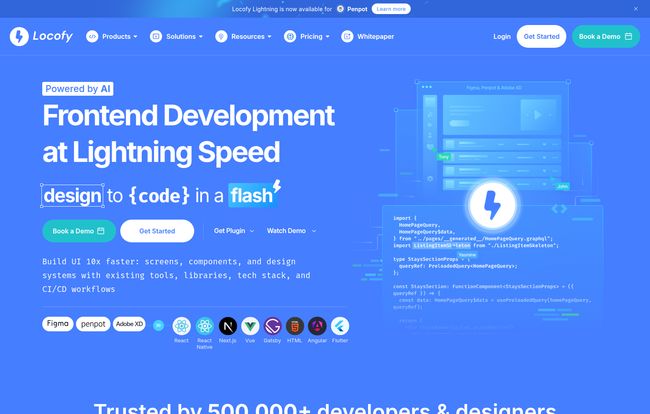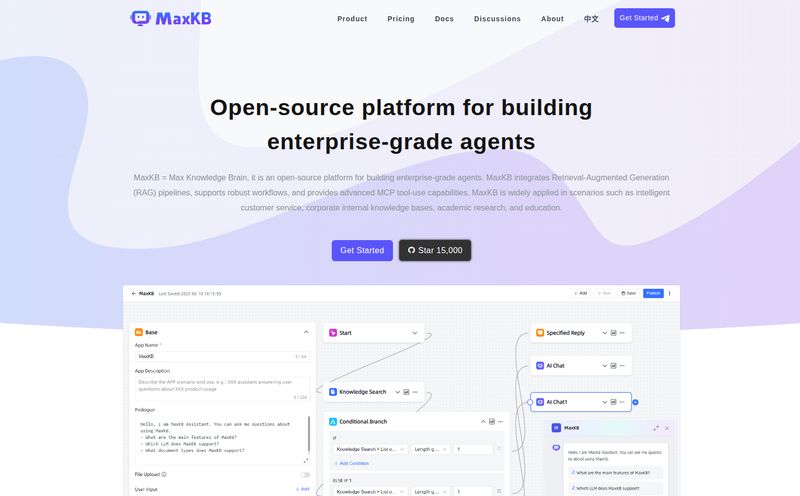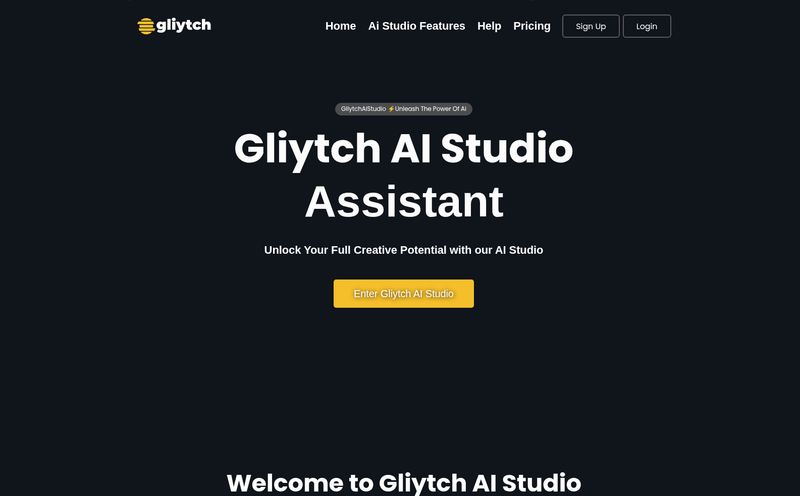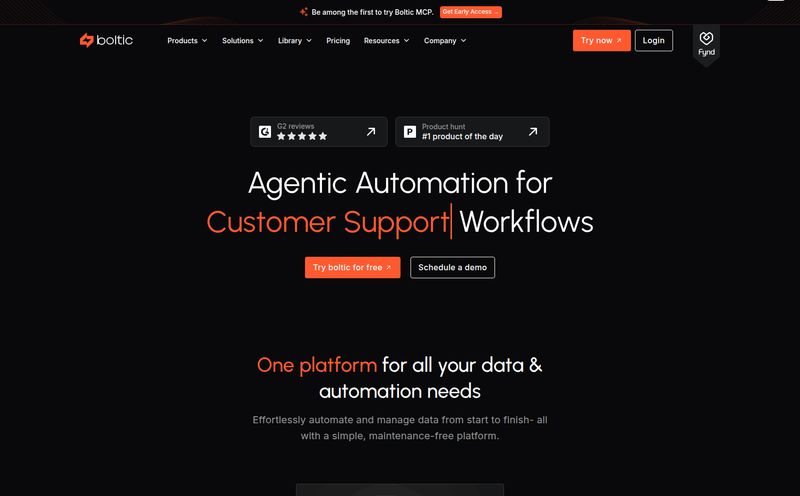I’ve been in the SEO and web development game for a long time. Long enough to remember when slicing a Photoshop design into a table-based layout was considered high-tech. Oh, the horror. We’ve come a long way since then, with tools like Figma and incredible frameworks like React. But one bottleneck has stubbornly remained: the great handoff.
It’s that awkward, time-sucking dance between a designer’s pixel-perfect vision and a developer's struggle to translate it into clean, functional code. It’s a process filled with endless Slack messages, redline annotations, and the soul-crushing phrase, “Can you just nudge that 2 pixels to the left?”
So when I started hearing the buzz around Locofy.ai, a platform that claims to convert designs into production-ready frontend code 5-10x faster, my inner skeptic raised an eyebrow. Another low-code/no-code pipe dream? I’ve seen a few. But I also felt a flicker of hope. What if… what if this was actually it? What if this was the tool that finally builds a proper bridge over that troubled designer-developer divide?
I decided to get my hands dirty and see for myself. This isn't a sponsored post, just my genuine thoughts after kicking teh tires.
What Exactly is Locofy.ai Anyway?
Let's get this out of the way first. Locofy.ai isn't a website builder in the traditional sense, like Wix or Squarespace. It’s also not trying to replace developers. Thank goodness.
Instead, think of it as an incredibly smart and sophisticated translator. It takes your existing designs from tools you already use—primarily Figma and Adobe XD—and translates them into code for the tech stack your team already uses. We’re talking React, React Native, Next.js, Gatsby, Vue, and even plain old HTML/CSS. That framework flexibility is a massive point in its favor right out of the gate.
The key phrase they use is “production-ready code.” This is their big promise. We’re not talking about a jumbled mess of absolutely positioned divs that you have to rewrite from scratch. The goal is to generate modular, component-based code that a developer can actually work with and build upon. It’s an accelerator, not an eject button for your engineering team.
My Favorite Features That Actually Matter
A feature list is just a list. What matters is how those features solve real-world problems. After playing around with it, a few things really stood out.
The Magic of Design-to-Code Conversion
This is the main event, of course. The ability to point Locofy at a Figma design and have it spit out a React project is, frankly, a bit magical the first time you see it. It intelligently groups elements, identifies assets, and structures the output in a way that makes sense. It's not perfect every time (more on that later), but the sheer amount of boilerplate and setup it eliminates is staggering. The time saved from not having to manually write out every single JSX tag and CSS style for a complex UI is… well, it’s a lot.
Taming Responsive Design with Smart Tagging
A static, one-size-fits-all code export would be pretty useless. This is where Locofy’s “Tagging” system comes in. Within your design tool, you use the Locofy plugin to tag elements and containers, defining how they should behave on different screen sizes. You can set up flexbox properties, media queries, and responsive layouts visually.

Visit Locofy.ai
It’s like giving your design a set of instructions before it becomes code. You’re essentially doing the CSS work upfront in a visual environment. This proactive approach means the exported code is already responsive, saving hours of tweaking and testing in the browser.
Building Reusable Components on the Fly
Modern web development is all about components. Buttons, cards, navbars—we build everything as reusable pieces. Locofy gets this. You can select a group of elements in your design (like an icon, text, and a background shape that make up a button) and tag it as a component. You can even define its props. When you export, Locofy generates a proper, reusable React (or Vue, etc.) component file. This is huge for maintaining a clean and scalable codebase, and it shows that the tool was built with real developer workflows in mind.
The Good, The Bad, and The Code
No tool is a silver bullet. After the initial “wow” factor, you start to see the nuances. So let's have a real chat about the highs and lows.
The Good Stuff (Why I'm Excited)
The biggest win is speed. The 5-10x claim sounds like marketing fluff, but for the initial UI scaffolding phase of a project, I can absolutely see it. It turns days of monotonous coding into an afternoon of tagging and exporting.
The second, and perhaps more important, benefit is collaboration. I've always said the best tools are the ones that improve communication. Locofy forces a better, more structured conversation between designers and developers. A designer who uses Locofy effectively has to think more like a developer—about components, responsiveness, and structure. A developer gets code that directly mirrors the design intent. It’s a peace treaty in plugin form. Less back-and-forth, fewer meetings, more doing.
The Reality Check (Where It Gets Tricky)
Now, for the dose of reality. There’s always a catch, isn’t there? Locofy.ai operates on a principle as old as computing itself: Garbage In, Garbage Out.
If your Figma file is a chaotic mess of unnamed layers, inconsistent spacing, and bizarre groupings, the code you get back will be a mirror image of that chaos. To get the most out of Locofy, you need to have a highly disciplined design process. This means using auto-layout religiously, naming your layers logically, and structuring your designs with a component-based mindset (shoutout to anyone using atomic design principles!).
There's also a learning curve. You can’t just click “export” and expect perfection. You have to invest time in learning the Locofy plugin, understanding how to tag elements correctly, and tweaking the settings to get the clean code you want. It’s an investment, but one that I think pays off handsomely.
Let's Talk Money: Locofy.ai Pricing
Alright, how much does this magic cost? The pricing structure seems pretty fair and scalable for different types of users. It revolves around a concept called "LDMtokens," which I'm guessing stands for Large Design Model tokens—basically, credits that get used up as you generate code.
| Plan | Price | Best For |
|---|---|---|
| Pay-As-You-Go (PAYG) | Pay for LDMtokens as you need them | Hobbyists or those wanting to test a single project. |
| Starter | $33.30 / month (billed annually at $399) | Freelancers and small teams with consistent work. |
| Pro | $99.90 / month (billed annually at $1,199) | Agencies and growing companies shipping products frequently. |
| Enterprise | Custom Pricing | Large organizations needing advanced security, support, and custom token tiers. |
The existence of the Enterprise plan, along with their SOC 2 Type 2 and ISO 27001:2022 certifications, is a big deal. It tells me they're serious about security and compliance, which is a non-negotiable for any large company looking to adopt a new tool into its workflow.
So, Who Is This Really For?
After all this, it’s pretty clear who wins with Locofy.ai:
- Frontend Developers: You get to skip the most tedious part of your job and jump straight to implementing logic and state management. It’s an automator for the grunt work.
- Product Designers: You gain more control over the final output and ensure your vision is translated accurately, especially if you invest time in learning how to structure your designs for it.
- Startups & Agencies: The speed-to-market advantage is undeniable. Being able to build and iterate on MVPs or client projects in a fraction of the time is a massive competitive edge.
Who isn't it for? Probably a complete beginner who doesn't understand the fundamentals of either design or code. Locofy is a powerful tool that sits between two disciplines; you need a basic grasp of both to wield it effectively.
Final Thoughts: Is Locofy a Game-Changer?
I came in skeptical, and I'm walking away genuinely impressed. Locofy.ai isn't going to put frontend developers out of a job. Let's just put that fear to rest right now. A developer's real value isn't in writing CSS for a button, it's in architecting applications, managing state, ensuring performance, and solving complex logical problems.
What Locofy does do is eliminate a huge chunk of the most repetitive, time-consuming, and often frustrating part of that job. It’s an incredible accelerator. It allows developers to be developers, not just design-to-code typists. It forces a better, more symbiotic relationship with designers.
It’s not a magic wand, and it requires a commitment to a structured design process. But for the right team, Locofy.ai could absolutely be a game-changer, freeing up countless hours to build better products, faster. And in this business, that’s the name of the game.
Frequently Asked Questions about Locofy.ai
What are LDMtokens and how do they work?
LDMtokens are essentially credits you use to generate code. Think of it like a pay-per-use system for the AI-powered conversion. The more complex your design or the more code you generate, the more tokens you use. The paid plans come with a monthly allowance of these tokens.
Can I use Locofy.ai with any design file?
Technically, yes, but you shouldn't. For the best results, your design file in Figma or Adobe XD needs to be well-structured. This means using auto-layout, naming your layers properly, and grouping elements logically. A messy design will lead to messy, harder-to-use code.
Will Locofy.ai replace frontend developers?
No. It replaces the most tedious part of their job. It automates the initial UI build-out, but you still need a developer to handle application logic, state management, API integrations, and all the complex engineering that turns a static page into a functional application.
Is the generated code actually clean and maintainable?
It can be, but it depends heavily on you. The quality of the output is directly related to the quality of your input (your design file) and how well you tag your elements in the Locofy plugin. With a clean design and proper tagging, the code is surprisingly good—using modern CSS like flexbox and generating reusable components.
How does the Pro plan differ from the Starter plan?
The main differences usually come down to the number of LDMtokens you get per month, the number of users or projects allowed, and access to more advanced features or priority support. The Pro plan is aimed at professional teams and agencies that have a higher volume of work and need more firepower.



